Rudy Sturk, Director, Marketing & Communication
Connecticut Green Bank
Connecticut Green Bank
Learn about Connecticut Green Bank including our Green Bond Framework, News & Press Releases, and Team.
Have questions? Reach out to us directly.
Learn about Connecticut Green Bank including our Green Bond Framework, News & Press Releases, and Team.
The Connecticut Green Bank is the nation’s first green bank.* Established by the Connecticut General Assembly on July 1, 2011 as a part of Public Act 11-80, Connecticut Green Bank supports the Governor’s and Legislature’s energy strategy to achieve cleaner, affordable, and reliable sources of energy while creating jobs and supporting local economic development. The Connecticut Green Bank evolved from the Connecticut Clean Energy Fund (CCEF) and the Clean Energy Finance and Investment Authority (CEFIA), which was given a broader mandate in 2011 to become the Connecticut Green Bank.
The Green Bank’s vision is a planet protected by the love of humanity and its mission is to confront climate change by increasing and accelerating investment into Connecticut’s green economy to create more resilient, healthier, and equitable communities.
Our green bank model upended the government subsidy-driven approach to clean energy by working with private-sector investors to create low-cost, long-term sustainable financing to maximize the use of public funds. We continue to innovate, educate and activate to accelerate the growth of green energy measures in the residential (single and multifamily), commercial, industrial, institutional and infrastructure sectors.
The model works. We are deploying more clean energy more quickly and efficiently than ever. Since its inception, the Connecticut Green Bank and its private investment partners have deployed over $3.11 billion in capital for clean energy projects across the state. Projects recorded through FY 2025 show that for every $1 of public funds committed by the Green Bank that an additional $6.70 in private investment occurred in the economy.
---------------------------------------------------------------------------------------------------------------------
Green Bank employees are not investment professionals and are strictly prohibited under Federal law and rules and regulations of the Securities and Exchange Commission from engaging in or advising on any purchases of securities, including Green Liberty Bonds. Any calls to the Green Bank for assistance with purchasing Green Liberty Bonds will be directed to our lead underwriters.
Learn about our environmental, social, and governance program, and how we bring those values to life with green bonds, sustainable projects, and more.
Eleven consecutive raises have reached the maximum raise amount, more than $3.6 million has been raised cumulatively from investors in Connecticut and across the country
Hartford, CT (July 3, 2025) – CGB Green Liberty Notes LLC, a subsidiary of the Connecticut Green Bank, successfully closed the thirteenth Green Liberty offering, reaching its maximum raise amount for the eleventh consecutive time. This offering had the highest number of total investors, continuing the trend of strong engagement from previous investors while attracting new investors to participate in the $350,000 raise. In total, more than $3.6 million has been raised from Connecticut citizens and nationwide investors in support of small businesses improving their energy efficiency and reducing their energy costs.
Green Liberty Notes, which are offered quarterly, can be purchased with a minimum investment of just $100. The Notes are offered through Green Bank’s partnership with Honeycomb Credit using their online crowdfunding website. To date, more than 60% of original investments have been $1,000 or less, and more than half of the investors have been Connecticut residents. In total, individuals from 43 states have invested in Green Liberty Notes.
Investments in the Green Liberty offering support Eversource’s Small Business Energy Advantage (SBEA) program, which enables small businesses in Connecticut to reduce their energy costs through efficiency upgrades and zero-interest loans.
As a result of the climate benefits associated with the SBEA program, this Green Liberty offering has been reviewed and designated a Green Bond by Kestrel, a leading provider of external reviews for green, social and sustainability bond transactions and a Climate Bonds Initiative Approved Verifier.
To sign up to receive email notifications about these quarterly offerings, please visit https://www.ctgreenbank.com/greenlibertynotes-signup/
Ten consecutive raises have exceeded their maximums, more than $3.3 million has been raised cumulatively from investors in Connecticut and across the country
Hartford, CT (March 24, 2025) – CGB Green Liberty Notes LLC, a subsidiary of the Connecticut Green Bank, successfully closed the twelfth Green Liberty offering, surpassing its maximum raise amount for the tenth consecutive time. More than 90 investments were received in original increments of $1,000 or less, a new record. To allow for more investors to participate in this innovative and certified green investment opportunity, this was the sixth offering that featured a maximum raise limit of $350,000. In total, more than $3.3 million has been raised from Connecticut citizens and nationwide investors in support of small businesses improving their energy efficiency and reducing their energy costs. This was the first issuance offered through the Green Bank’s partnership with Honeycomb Credit using their online crowdfunding website.
Green Liberty Notes, which are offered quarterly, can be purchased with a minimum investment of just $100. To date, more than 60% of original investments have been $1,000 or less, and more than half of the investors have been Connecticut residents. In total, individuals from 43 states have invested in Green Liberty Notes.
Investments in the Green Liberty offering support Eversource’s Small Business Energy Advantage (SBEA) program, which enables small businesses in Connecticut to reduce their energy costs through efficiency upgrades and zero-interest loans. The Connecticut Green Bank and Amalgamated Bank (America's largest B Corp bank) recently celebrated the purchase of more than $100M of SBEA loans, driving environmental benefits and economic growth in local restaurants, town halls, community organizations, and more.
As a result of the climate benefits associated with the SBEA program, this Green Liberty offering has been reviewed and designated a Green Bond by Kestrel, a leading provider of external reviews for green, social and sustainability bond transactions and a Climate Bonds Initiative Approved Verifier.
“The overwhelming success of these Notes is a testament to the desire of investors to support the green economy while earning a secure, competitive return on their investment. We are excited to see more people from Connecticut and investors from more than 40 states across the country getting involved in these offerings,” said Bert Hunter, EVP and Chief Investment Officer of the Connecticut Green Bank. “In addition to these quarterly offerings, we are looking into other opportunities to help engage and support our communities and to make available to our investors.”
Nine consecutive raises have exceeded their maximums, more than $3.0 million has been raised cumulatively from investors in Connecticut and across the country
Hartford, CT (August 13, 2024) – CGB Green Liberty Notes LLC, a subsidiary of the Connecticut Green Bank, successfully closed their eleventh Green Liberty offering, surpassing its maximum raise amount for the ninth consecutive time. To allow for more investors to participate in this innovative and certified green investment opportunity, this was the fifth offering that featured an increased maximum raise limit of $350,000. This is the ninth consecutive offering to exceed the maximum. In total, more than $3.0 million has been raised from Connecticut citizens and nationwide investors in support of small businesses improving their energy efficiency and reducing their energy costs. The campaign is made possible in partnership with Raise Green, an award-winning online marketplace for impact investing.
Green Liberty Notes, which are offered quarterly, can be purchased through the Raise Green online platform without a broker, with a minimum investment of just $100. To date, more than 60% of original investments have been $1,000 or less, and more than half of the investors have been Connecticut residents. In total, individuals from 35 states have invested in Green Liberty Notes.
Investments in the Green Liberty offering support Eversource’s Small Business Energy Advantage (SBEA) program, which enables small businesses in Connecticut to reduce their energy costs through efficiency upgrades and zero-interest loans. The Connecticut Green Bank and Amalgamated Bank (America’s largest B Corp bank) recently celebrated the purchase of more than $100M of SBEA loans, driving environmental benefits and economic growth in local restaurants, town halls, community organizations, and more.
As a result of the climate benefits associated with the SBEA program, this Green Liberty offering has been reviewed and designated a Green Bond by Kestrel, a leading provider of external reviews for green, social and sustainability bond transactions and a Climate Bonds Initiative Approved Verifier.
“We are proud of the success of the Green Liberty Notes which support small businesses all over Connecticut and give citizens across the country the opportunity to invest in the clean energy transition and to help in the fight against climate change. With only $100 required to participate, and with this program offered quarterly, the ability to invest in the green economy is now available to everyone!” said Bert Hunter, EVP and Chief Investment Officer of the Connecticut Green Bank. The next quarterly offering of Green Liberty Notes is being planned for October.
For more information about this investment opportunity, please visit invest.ctgreenbank.com.
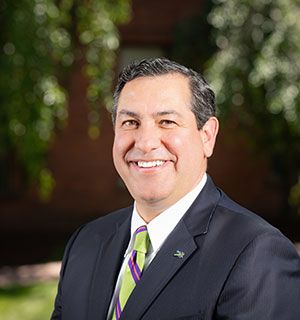
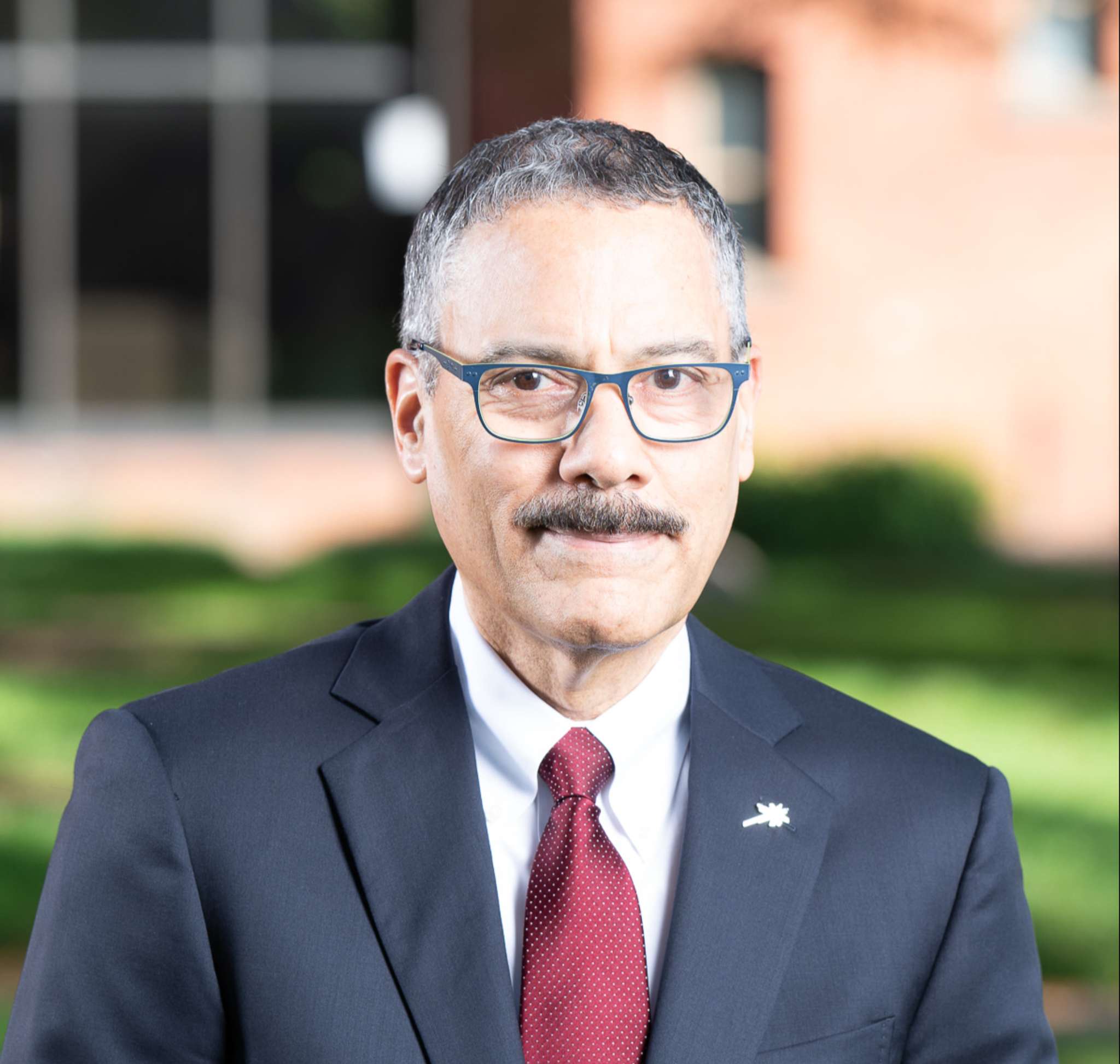

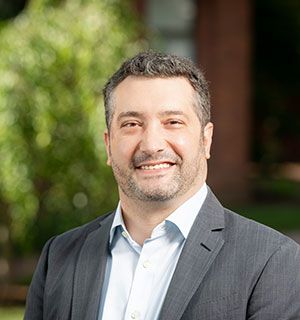
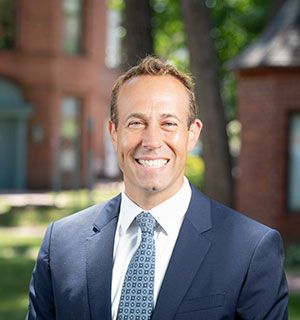
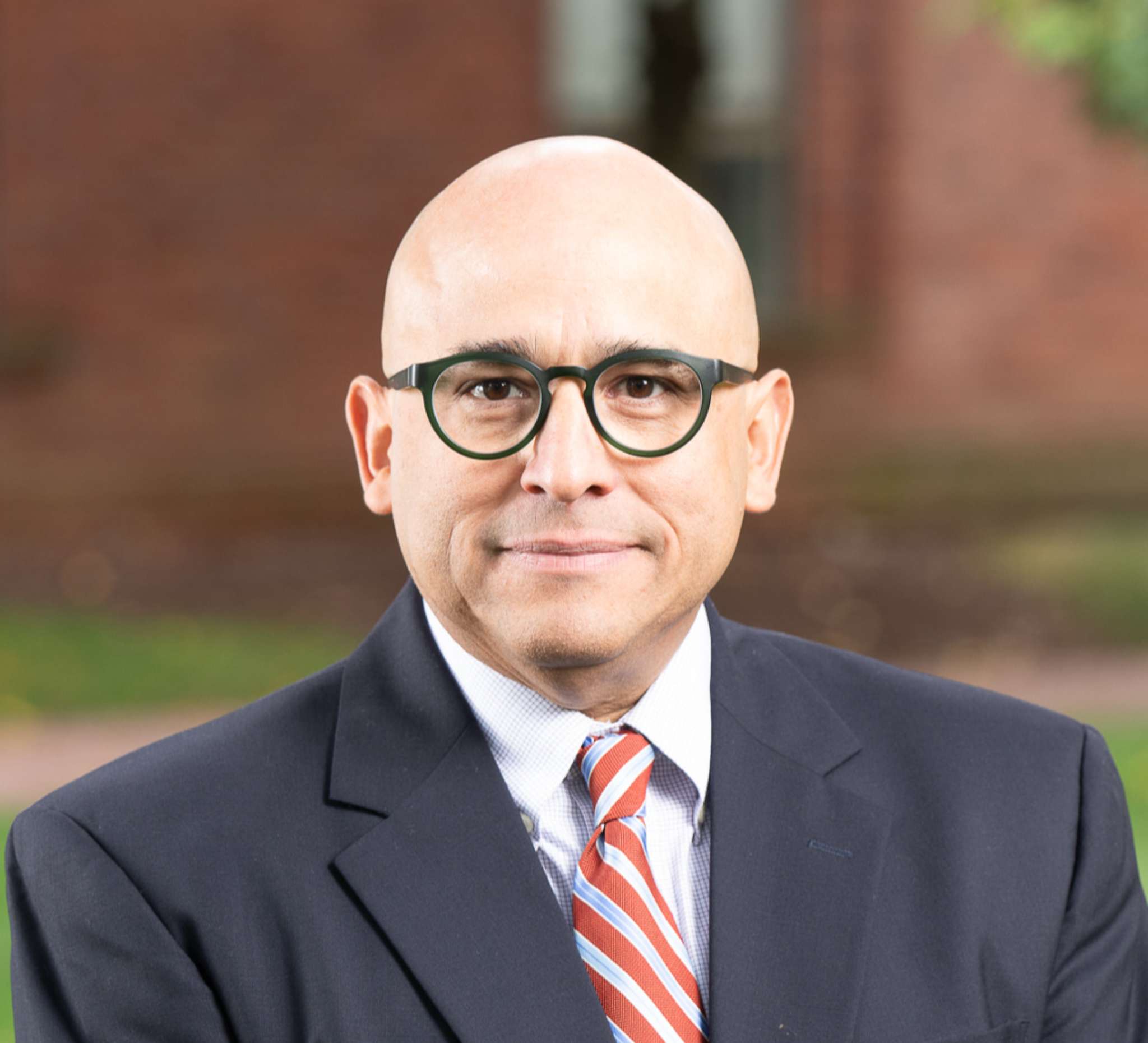

World War II and the War Bonds
The history of War Bonds in the United States and Connecticut is incredible! From May 1, 1941, when President Franklin D. Roosevelt purchased the first one through 1945, over $185 billion was raised through the sale of War Bonds – the equivalent of $2.7 trillion today. More than 85 million Americans, over half of the country’s population, purchased $20 billion of Series-E War Bonds at denominations as low as $25 and high as $1,000 – or between $435 to $17,500 today, respectively. Even more, Americans promoted the purchase of War Bonds to defend our country and support Democracy around the world. This was an inclusive, all-hands-on-deck effort across every race, every sex, and every age.
Connecticut was among the leading states with the greatest amount of War Bond sales during this period, and First Lady Eleanor Roosevelt made a special visit on March 22, 1943, to promote sales alongside the Girl Scouts in Hartford, Connecticut at the Bushnell Theater.
Funding Another Noble Cause
On April 17, 2009, in New Haven, Connecticut, James Cameron addressed a crowded auditorium of students and faculty at the Yale Center for Business and the Environment. There, the former Chairman of Climate Change Capital introduced the concept of an environment bond inspired by the War Bonds of the 1940s. As War Bonds provided Americans with a means of defending liberty, patriotism, and democracy in World War II, Cameron felt environment bonds had the potential for capitalism to unlock idealism to confront climate change. “There is something powerful in the idea that, ‘My money built that and it works and I use it.’ Building things for a purpose that binds investors, worker, user – and society – is a noble cause.” [1]
Connecticut’s Leadership in Democracy and Innovation

Connecticut has a rich history when it comes to Democracy, clean energy, and climate change. Known as the “Constitution State,” it was the Fundamental Orders of 1639 from Windsor, Wethersfield and Hartford that was the world’s first written constitution for a self-governing people and seen as the prototype of our U.S. Constitution which was adopted over 150 years later. Entrepreneurs were active with innovative technologies. Daniel Halladay created and manufactured wind turbines in the 1850s and Colonel Albert Pope was working on electric vehicle technologies in the 1900s. The first Presidential motorcade and certainly the first (and quite possibly the only) in an electric vehicle, happened with Theodore Roosevelt in downtown Hartford on August 22, 1902. It was in Westbrook, Connecticut on August 27, 2001, where Resolution 26-4 “Resolution Concerning Energy and Environment” was signed by the New England Governors and Eastern Canadian Premiers establishing the first regional climate change action plan in the United States, in collaboration with Canada. Alexis de Tocqueville recognized the importance of civic engagement in American democracy and the role of states like Connecticut.
“The civilization of New England has been like a beacon lit upon a hill, which, after it has diffused its warmth around, tinges the distant horizon with its glow.”
As the nation’s first “Green Bank,” the Connecticut Green Bank was created by a bipartisan act of legislation in July of 2011. With the mission to “confront climate change and provide all of society a healthier and more prosperous future by increasing and accelerating the flow of private capital into markets that energize the green economy,” the Connecticut Green Bank was awarded the prestigious Innovations in American Government Awards from the Ash Center at the Kennedy School of Government at Harvard University in 2017 for “Sparking the Green Bank Movement”. There are green banks now at the city, county, and state levels across the country, national policy proposals for a U.S. Green Bank [2] and U.S. Climate Bank, [3] and green banks being created in developed and developing countries around the world.
Vision to Confront an Another Existential Crisis
James Cameron had a vision of environment bonds over a decade ago – whereby “Governments would collect money from investors who would benefit from guaranteed – but modest – rates of return…the bonds could tap a vein of renewed idealism among investors who are seeking to use the financial system for good causes.” In 2018, the “Green Bond” market saw $170 billion issued with 40% of the proceeds being invested in clean energy projects, and as noted by Forbes, are seen as an important mechanism to solve climate change. [4] What if, like Series-E War Bonds, governments across this country – municipal, state, and federal governments – were to issue third-party climate-certified [5] Green Bonds that individuals and families could invest in to confront climate change?
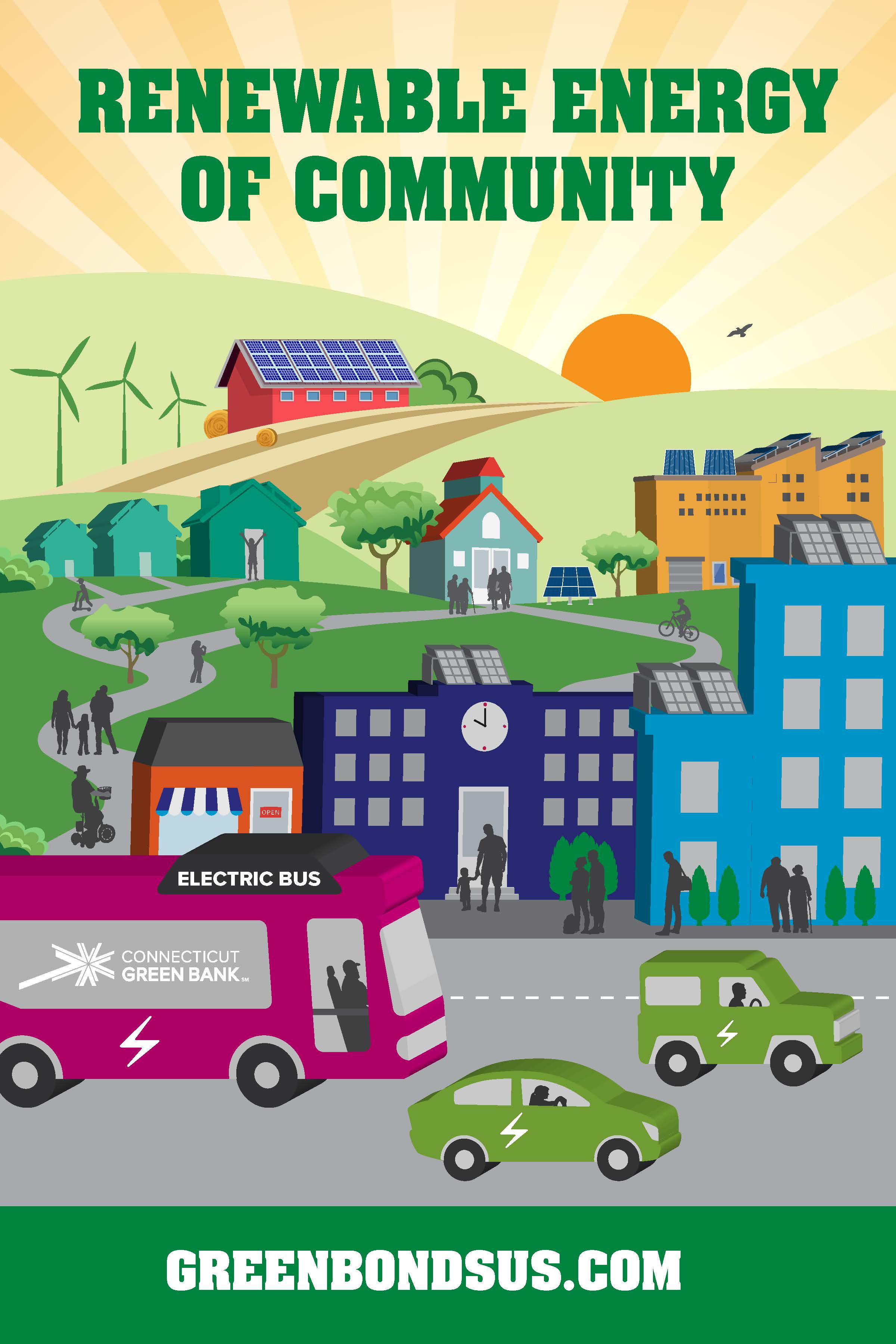
It is only befitting, that as we approach the 50th anniversary of Earth Day – April 22, 2020 – that having been inspired by history, recognizing that environmentalism and humanitarianism are better together, that the Connecticut Green Bank gives rise to the first Green Liberty Bonds available to families in Connecticut and Americans across our great nation.
[1] “From War Bonds to Environment Bonds” by James Kanter in the Green: Energy, the Environment and the Bottom Line of the New York Times (April 20, 2009).
[2] S. 1528 and H.R. 3423 proposed by Senators Murphy and Blumenthal and Representative Himes of Connecticut
[3] S. 2057 and H.R. 5416 proposed by Senator Markey of Massachusetts and Representative Dingell of Michigan
[4] “Green Bonds Can Solve Our Climate Crisis” by Miriam Tuerk in Forbes (August 28, 2019)
[5] For example, Climate Bond Initiative, Green Bond Principles, etc.
Through 14 offerings, including 12 consecutive sell outs, investors in Connecticut and across the country continue to show strong desire to support the clean economy
Hartford, CT (October 28, 2025) – CGB Green Liberty Notes LLC, a subsidiary of the Connecticut Green Bank, successfully closed the fourteenth Green Liberty offering, reaching its maximum raise amount for the twelfth consecutive time. This offering saw demand significantly surpass the $350,000 maximum. In total, more than $4 million has been raised from Connecticut citizens and nationwide investors in support of small businesses improving their energy efficiency and reducing their energy costs.
Green Liberty Notes, which are offered quarterly, can be purchased with a minimum investment of just $100. The Notes are offered through Green Bank’s partnership with Honeycomb Credit using their online crowdfunding website. To date, more than 60% of original investments have been $1,000 or less, and more than half of the investors have been Connecticut residents. In total, individuals from 43 states have invested in Green Liberty Notes.
Investments in the Green Liberty offering support Eversource’s Small Business Energy Advantage (SBEA) program, which enables small businesses in Connecticut to reduce their energy costs through efficiency upgrades and zero-interest loans.
As a result of the climate benefits associated with the SBEA program, this Green Liberty offering has been reviewed and designated a Green Bond by Kestrel, a leading provider of external reviews for green, social and sustainability bond transactions and a Climate Bonds Initiative Approved Verifier.
To sign up to receive email notifications about future offerings, please visit https://www.ctgreenbank.com/greenlibertynotes-signup/
Have questions? Reach out to us directly.